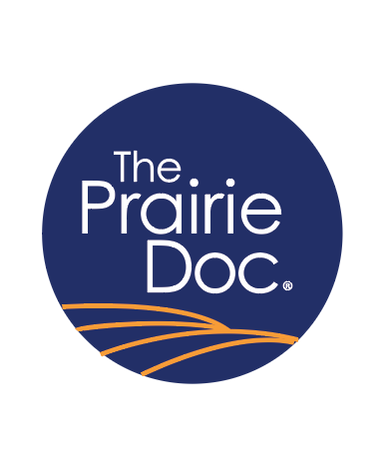|
By Richard P. Holm, MD
About 150 years ago, one in four fighting in the Civil War died, amounting to some 620,000 deaths. Two-thirds were due to disease, not injury, and a full half of non-traumatic deaths were from diarrheal illness, unknowingly due to contaminated water. The rest were from respiratory illness, particularly lethal because 90% of the soldiers were weakened by chronic diarrhea and malnutrition. That said, 1/3 of the deaths that came from injury would have been worse, except for surgeons that became experienced during the Civil War. There had been radical improvements in weaponry at the time with new rapid-fire rifled muskets, which caused cone-shaped bullets to spiral, giving impressive accuracy at 300-500-yard range. In the face of such deadly weapons, smart soldiers hid behind trees, rocks, earth-works, but too often had exposed legs or arms. It’s no surprise limb injuries accounted for 70% of all wounds. These bullets tore enormous easily infected wounds with shattered bones, pieces of clothing, and non-sterile skin pulled into the wound. Most trauma surgery had to be performed during the first 24 hours after injury in open air field tents. The value of sterility was not yet realized, and there was no understanding of clean instruments, clean wounds, or even clean hands. The world would have to wait ten more years before Joseph Lister popularized sterile surgical technique, and the value of clean water was understood. One description: “They would work for days without washing. As he waited for the next man to be placed on the table, the surgeon would stand back… holding his knife in his boot or even in his teeth.” Another description: “The surgeons and their assistants, stripped to the waist and bespattered with blood… cut and sawed away with frightful rapidity, throwing the mangled limbs on a pile nearby as soon as removed.” Without sterile technique to repair a wound, amputation actually gave a better chance of survival. Although no sterility, anesthesia was available during the Civil War. Ether had been discovered in the 1840s, and by 1861 chloroform became popular by field surgeons because it was less flammable, less nauseating, and more portable. Records indicate that during the entire war, general anesthesia was given 80,000 times with only 43 recorded anesthesia deaths. Screams coming from surgical tents were not from anesthetized patients, but from wounded soldiers about to have surgery. Then, after the war, some 15,000 experienced surgeons went home to even the most rural areas. Who would have thought that from the horrors of war, lifesaving knowledge of anesthesia and surgery would spread throughout this country? Comments are closed.
|
Archives
July 2024
Categories |
 RSS Feed
RSS Feed


